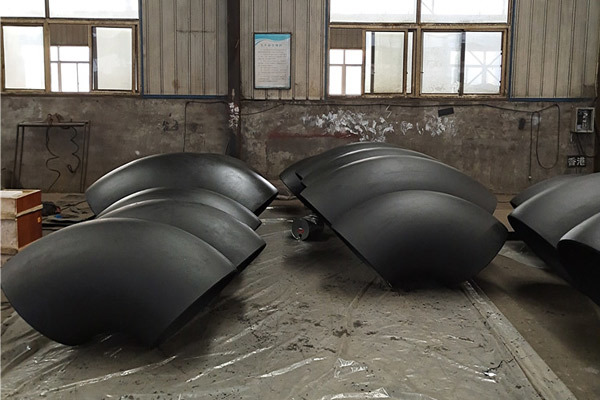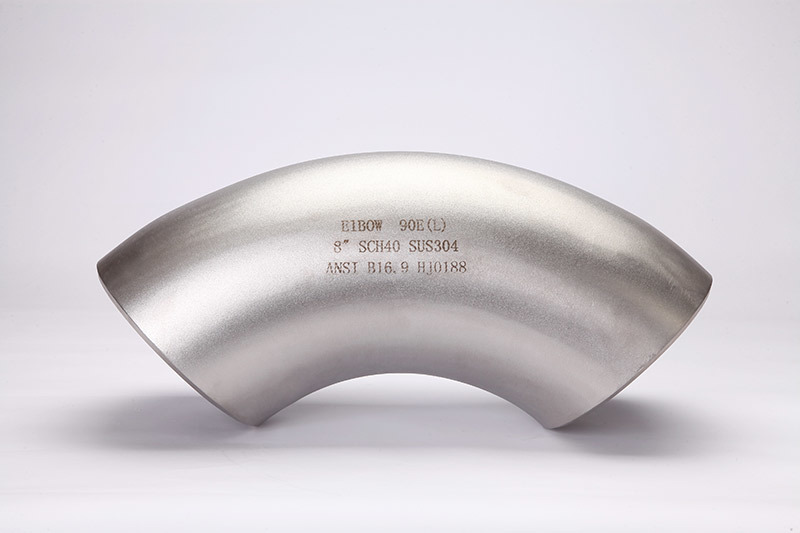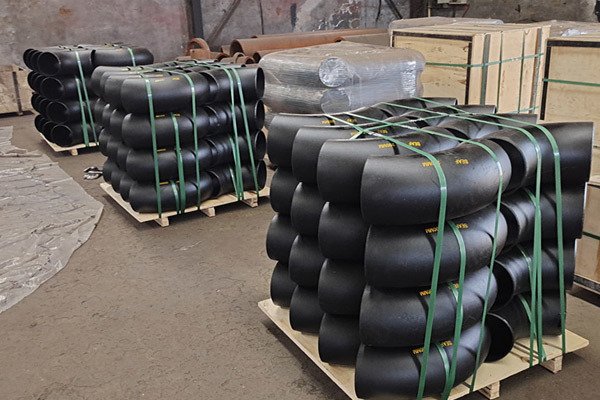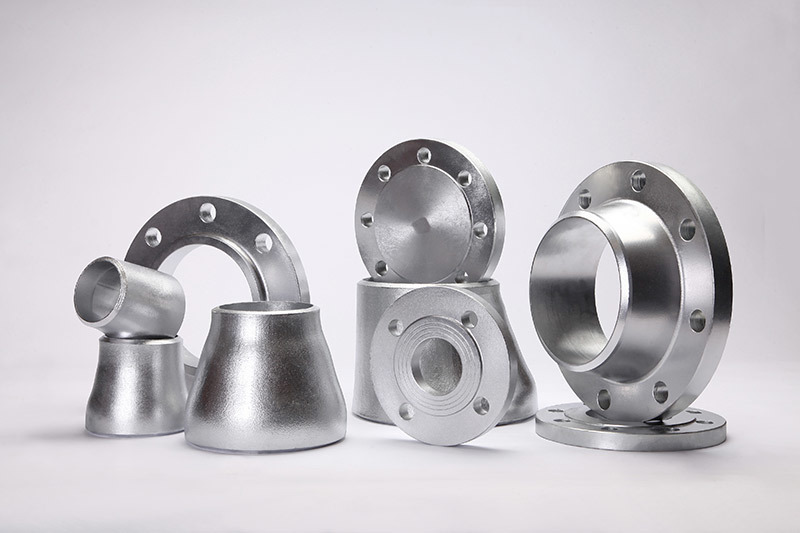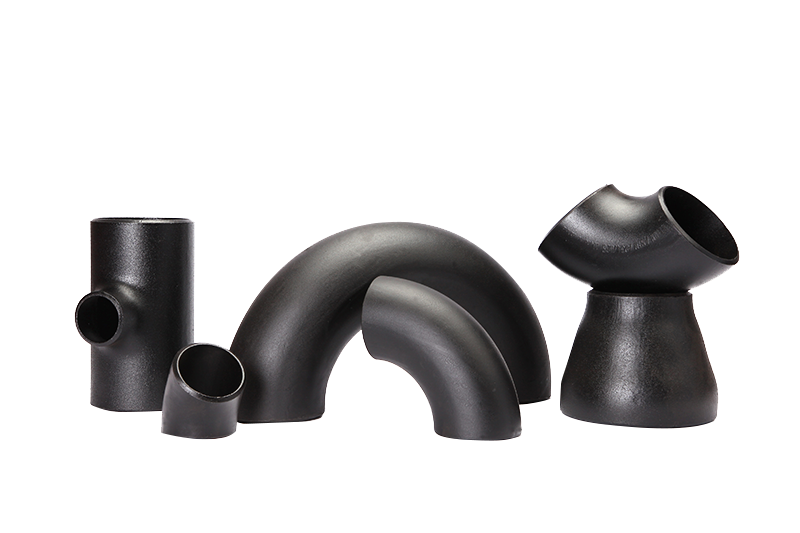Why Choose Plate Flat Welding Flanges for Your Next Pipeline Project?
Release time:
2025-10-27
Why Choose Plate Flat Welding Flanges for Your Next Pipeline Project? Pipeline projects often hinge on the quality and reliability of the components used. One of the most critical components in any pipeline system is flanges, particularly plate flat welding flanges. This article delves into the reasons why these flanges are an excellent choice for your next project, highlighting their unique advan
Why Choose Plate Flat Welding Flanges for Your Next Pipeline Project?
Pipeline projects often hinge on the quality and reliability of the components used. One of the most critical components in any pipeline system is flanges, particularly plate flat welding flanges. This article delves into the reasons why these flanges are an excellent choice for your next project, highlighting their unique advantages, applications, and key considerations.
Understanding Plate Flat Welding Flanges
Plate flat welding flanges are a type of flange designed for welding to a pipe or other structural components. Their flat surface allows for easy assembly and can accommodate various sizes, making them versatile in numerous applications.
The Anatomy of Plate Flat Welding Flanges
These flanges are characterized by their flat face and mounting holes, which facilitate secure connections. Typically crafted from materials such as carbon steel, stainless steel, or alloy steel, the choice of material influences their strength and resistance to corrosion.
Key Features of Plate Flat Welding Flanges
- **Flat Face Design**: Enables a wide surface area for welding, ensuring a strong joint.
- **Customizable Sizes**: Available in various diameters and thicknesses.
- **Material Versatility**: Compatible with different materials to suit specific project needs.
Benefits of Using Plate Flat Welding Flanges
When considering flanges for pipeline projects, it’s essential to understand the unique benefits offered by plate flat welding flanges. Below are some prominent advantages:
1. Enhanced Structural Integrity
The flat welding design allows for a solid connection between pipes, which is crucial for maintaining the integrity of the pipeline. This enhanced structural integrity minimizes the risk of leaks and failures, ensuring longevity and reliability.
2. Cost-Effective Solution
Plate flat welding flanges often prove to be a cost-effective option in the long run. Due to their durability and strong connections, they reduce maintenance costs and the need for frequent replacements.
3. High Resistance to Pressure and Temperature
These flanges can withstand high-pressure environments and extreme temperatures, making them suitable for a range of industrial applications, including oil and gas, chemical processing, and water treatment.
4. Ease of Installation
Plate flat welding flanges are relatively easy to install. Their design allows for straightforward alignment and welding, saving time and labor costs during installation.
Applications of Plate Flat Welding Flanges
Plate flat welding flanges are widely used across various industries. Here are some common applications where these flanges excel:
1. Oil and Gas Industry
In the oil and gas sector, where pipelines transport hazardous materials, the strength and reliability of plate flat welding flanges are paramount. They provide secure connections that prevent leaks and ensure safety.
2. Chemical Processing Plants
The corrosive nature of chemicals demands robust flanges that can withstand harsh conditions. Plate flat welding flanges provide the necessary durability and resistance to chemical reactions.
3. Water and Wastewater Treatment
In water treatment facilities, the reliable sealing provided by these flanges helps ensure that systems operate efficiently and without contamination.
4. Power Generation
In power plants, flanges are crucial for connecting piping systems that transport steam, water, and other materials. Plate flat welding flanges are ideal for maintaining performance under high-pressure conditions.
Factors to Consider When Choosing Plate Flat Welding Flanges
Selecting the right plate flat welding flanges for your project requires careful consideration of several factors:
1. Material Selection
The choice of material directly impacts the performance and longevity of the flanges. Stainless steel, for example, offers excellent corrosion resistance, while carbon steel may be more cost-effective.
2. Size and Thickness
Flanges come in various sizes and thicknesses. It’s essential to select the correct dimensions to match the pipes and ensure a proper fit.
3. Industry Standards and Certification
Adhering to industry standards is vital for safety and regulatory compliance. Ensure that the flanges meet relevant certification requirements for your specific application.
4. Environmental Conditions
Consider the environmental factors that may affect flange performance, such as exposure to chemicals, temperature variations, and pressure levels.
Installation Best Practices for Plate Flat Welding Flanges
To maximize the effectiveness of plate flat welding flanges, following proper installation procedures is critical:
1. Surface Preparation
Ensure that both the flange and the connecting pipe surfaces are clean, free from rust, dirt, and moisture. Proper surface preparation promotes better welding quality and a stronger bond.
2. Aligning the Flanges
Accurate alignment is crucial to prevent stress and potential leaks. Use alignment tools to ensure that the flanges are properly positioned before welding.
3. Welding Technique
Employ the appropriate welding technique for the materials used. Common methods include TIG welding and MIG welding, each offering distinct advantages depending on the application and material.
4. Quality Control
After installation, conduct thorough inspections to verify the integrity of the welds. Non-destructive testing methods can identify any potential weaknesses or flaws.
Maintenance Tips for Plate Flat Welding Flanges
To ensure longevity and reliability, regular maintenance is essential:
1. Regular Inspections
Conduct periodic inspections to identify any signs of wear, corrosion, or leaks. Early detection allows for timely repairs or replacements.
2. Cleaning Procedures
Keep flanges clean and free from debris. Regular cleaning prevents build-up that can lead to corrosion or mechanical failure.
3. Monitoring Environmental Conditions
Stay vigilant regarding any changes in environmental conditions that may affect the performance of the flanges. Adjust maintenance practices accordingly.
Frequently Asked Questions (FAQs)
1. What are plate flat welding flanges?
Plate flat welding flanges are flat-faced flanges designed for welding onto pipes or other components, providing a strong and secure connection in pipeline systems.
2. What materials are commonly used for plate flat welding flanges?
Common materials include carbon steel, stainless steel, and alloy steel, each offering specific benefits related to strength and corrosion resistance.
3. In what industries are plate flat welding flanges used?
These flanges are widely used in the oil and gas, chemical processing, water treatment, and power generation industries, among others.
4. How do I ensure a proper installation of plate flat welding flanges?
Ensure surface preparation, accurate alignment, and use the appropriate welding techniques to maximize the effectiveness of the flanges.
5. What maintenance practices should I follow for plate flat welding flanges?
Regular inspections, cleaning, and monitoring environmental conditions are essential to ensure the longevity and reliability of the flanges.
Conclusion
Choosing the right flanges for your pipeline project is crucial for ensuring safety, efficiency, and longevity. Plate flat welding flanges offer a range of benefits, including enhanced structural integrity, cost-effectiveness, and high resistance to pressure and temperature. By understanding their unique advantages and considering the key factors in selection and installation, you can make informed decisions that enhance the success of your pipeline projects. Emphasize quality, reliability, and adherence to industry standards, and you’ll find that plate flat welding flanges are a superior choice for your upcoming industrial endeavors.
Key words:
Related News



